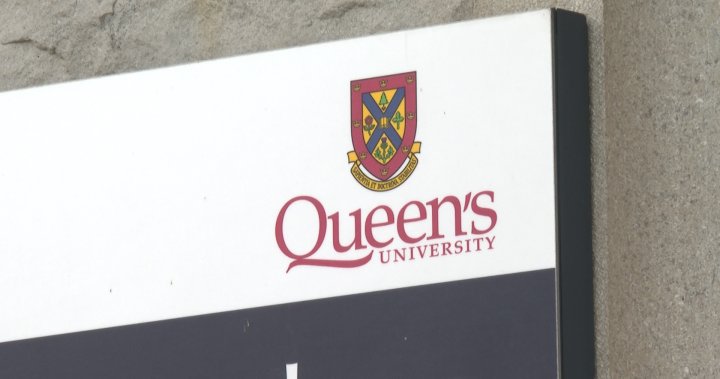Queen’s University conducted a live test of its emergency notification system in downtown Kingston on Wednesday afternoon. The test included chimes, a pre-recorded message instructing to “shelter in place,” and sirens. The purpose of the test was to assess how well the alert could be heard outdoors in the normal ambient environment. The university’s Emergency Notification System (ENS) allows Campus Security and Emergency Services to broadcast sirens and pre-recorded messages to alert the campus community in the event of an emergency. Outdoor speakers are installed on various poles around the main campus and west campus to ensure that the alerts can be heard by those outdoors.
According to a notice posted on the school’s website, the test was planned as part of upgrades to the ENS. It was a way for staff to evaluate the effectiveness of the system in reaching those outdoors during an emergency. In an actual emergency situation, the system would use siren signals followed by voice instructions to provide information and advice to the campus community. The system also advises individuals to check other communication channels for further information and instructions. This test aimed to ensure that all elements of the ENS were functioning properly and could effectively communicate important information during a crisis.
The public address system at Queen’s University uses a combination of outdoor speakers and sirens to broadcast emergency alerts. These speakers are strategically placed on poles at various locations on the main campus, west campus, and at 355 King St. West. In the event of an emergency, the system is designed to quickly deliver crucial information to those outdoors on the campus. The sirens help grab people’s attention, while the pre-recorded messages provide specific instructions on how to respond and stay safe during an emergency situation.
The test conducted by Queen’s University was just a routine drill to ensure the effectiveness of its emergency notification system. Such tests are essential to identify any potential issues with the system and address them promptly. By regularly testing the ENS, the university can ensure that it is prepared to effectively communicate with the campus community in the event of a real emergency. These tests also help familiarize students, faculty, and staff with the emergency procedures and protocols in place, ensuring a prompt and coordinated response to any crisis situation that may arise on campus.
The safety and security of the campus community are a top priority for Queen’s University, and the ENS plays a crucial role in ensuring that individuals are informed and prepared in case of an emergency. By conducting regular tests and upgrades to the system, the university demonstrates its commitment to maintaining a safe environment for all students, faculty, and staff. Through the use of outdoor speakers, sirens, and pre-recorded messages, the ENS serves as a vital tool in keeping the campus community informed and protected during times of crisis. The recent test conducted by Queen’s University is just one example of the proactive measures being taken to enhance emergency preparedness on campus.
In conclusion, the live test of Queen’s University’s emergency notification system was a successful demonstration of the university’s commitment to campus safety. By conducting routine tests and upgrades to the system, Queen’s ensures that its emergency communication procedures are effective and accessible to all members of the campus community. The ENS serves as a critical tool in providing timely and accurate information during emergencies, allowing individuals to take appropriate action to protect themselves and others. Through continuous improvements to the system, Queen’s University remains prepared to respond effectively to any crisis situation that may arise on campus.


